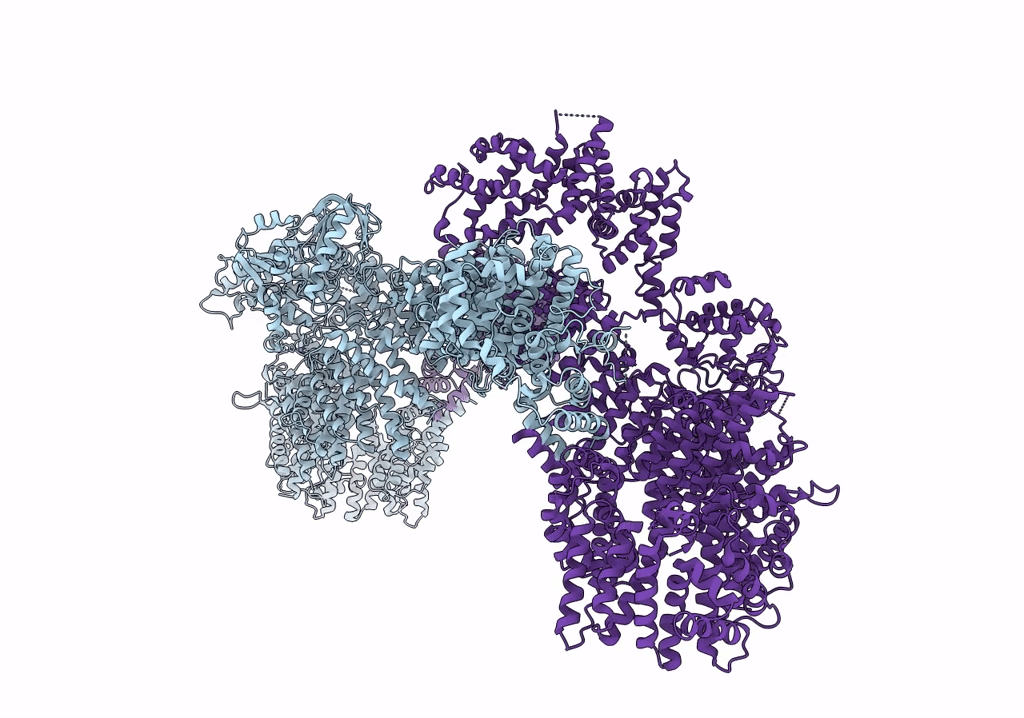
Deposition Date
2021-08-15
Release Date
2021-11-17
Last Version Date
2024-07-17
Entry Detail
PDB ID:
7PGT
Keywords:
Title:
The structure of human neurofibromin isoform 2 in opened conformation.
Biological Source:
Source Organism:
Homo sapiens (Taxon ID: 9606)
Host Organism:
Method Details:
Experimental Method:
Resolution:
4.80 Å
Aggregation State:
PARTICLE
Reconstruction Method:
SINGLE PARTICLE


